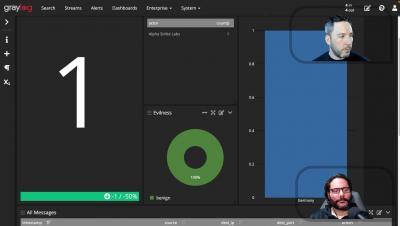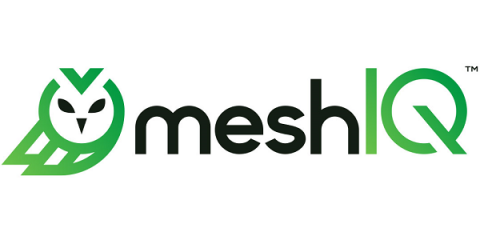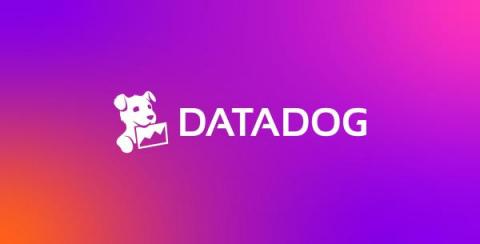Operations | Monitoring | ITSM | DevOps | Cloud
Security
The latest News and Information on CyberSecurity for Applications, Services and Infrastructure, and related technologies.
Log4j Log4Shell Vulnerability: All You Need To Know
Apache Log4j vulnerability and VMware
Detect Log4j RCE With Graylog GreyNoise
Kroger Uses JFrog Xray for Software Security and License Compliance
Security vulnerabilities on the Data Distribution Service (DDS)
If you are currently running the Robot Operating System 2 (ROS 2), this piece is especially relevant to the security of your robots. A few weeks ago, a group of security researchers reported 13 security vulnerabilities affecting some of the most used implementations of DDS, the default middleware used by ROS 2.
Log4j gets added to the code "wall of shame."
It seems that every few weeks, we are alerted to a new significant security issue within one of the plethoras of code elements that are widely used. The same pundits discuss the same range of concerns with open-sourced code each time. The list of “usual suspects” is long, and I know I could add at least 20 additional “reasons” to this list without thinking about it too hard. I’m not sure that open-sourced code is riskier than proprietary developed code. There I said it.
The Log4j Log4Shell vulnerability: Overview, detection, and remediation
On December 9, 2021, a critical vulnerability in the popular Log4j Java logging library was disclosed and nicknamed Log4Shell. The vulnerability is tracked as CVE-2021-44228 and is a remote code execution vulnerability that can give an attacker full control of any impacted system. In this blog post, we will: We will also look at how to leverage Datadog to protect your infrastructure and applications.
Security hardening holiday calendar - Week 2
This december, we are posting security advice and modules, every day until December 25th. Now, it’s December 14th, and we’ve gotten to the fourteenth day of the security hardening holiday calendar.











